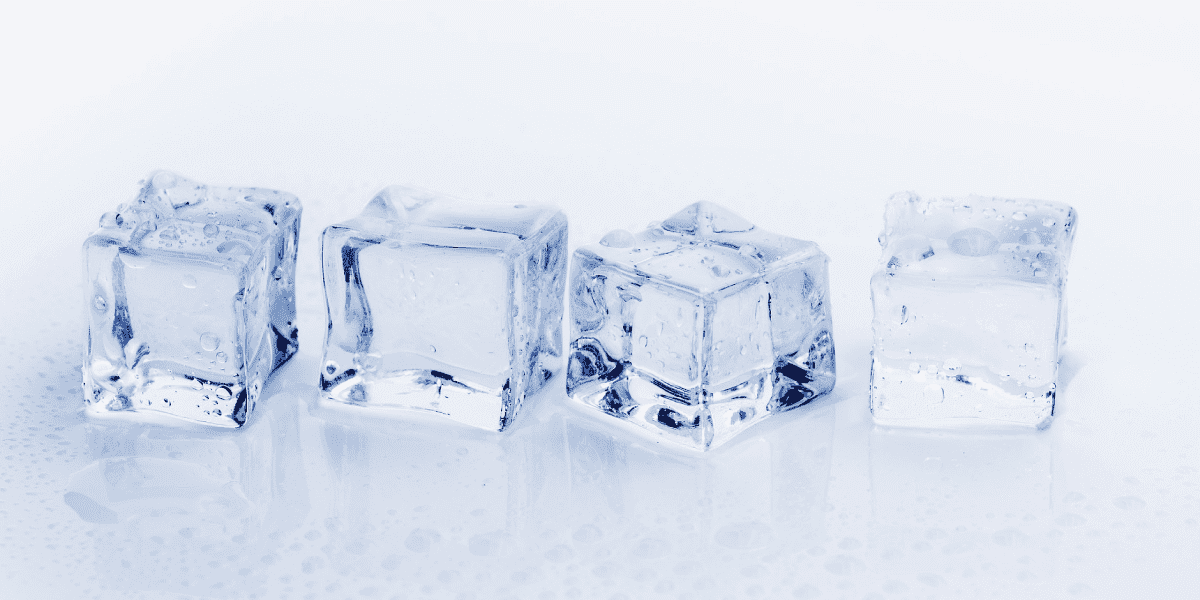Technically speaking, when drinking water (or potable water as it’s often called) is stored in properly sanitized, airtight containers it should have an indefinite shelf life. However, it is a good idea to rotate your long-term water storage every six to twelve months to reduce the chance of contamination.
Rotating your water regularly can also help you determine your actual water storage needs and allow you to adjust your store before an emergency comes.
Storing Water in the Freezer
Many people like to store all or part of their emergency water in the freezer. This is a great idea, but not for the reason most people think. Most people believe freezing their water will kill bacteria or viruses. It’s true that storing your water in a cool, dark place will help to inhibit the introduction of organisms in your water, but just as freezer food needs to be cooked, frozen water isn’t guaranteed to be bacteria-free.
The biggest benefit of water in your freezer is that it can help to keep your freezer foods cold when the power is out. Your frozen water will act like ice in an ice chest. A full freezer can last a couple of days without power—as long as you don’t open the door.
Bacteria Prevention
Before you store your water, you will need to wash and sanitize the containers you will be using. Wash all water containers in hot soapy water and rinse them off thoroughly. Then, you will want to sanitize them by putting them in a solution of one tablespoon of bleach to one gallon of water. Let them sit in the solution for at least two minutes before rinsing them off and filling them up.

